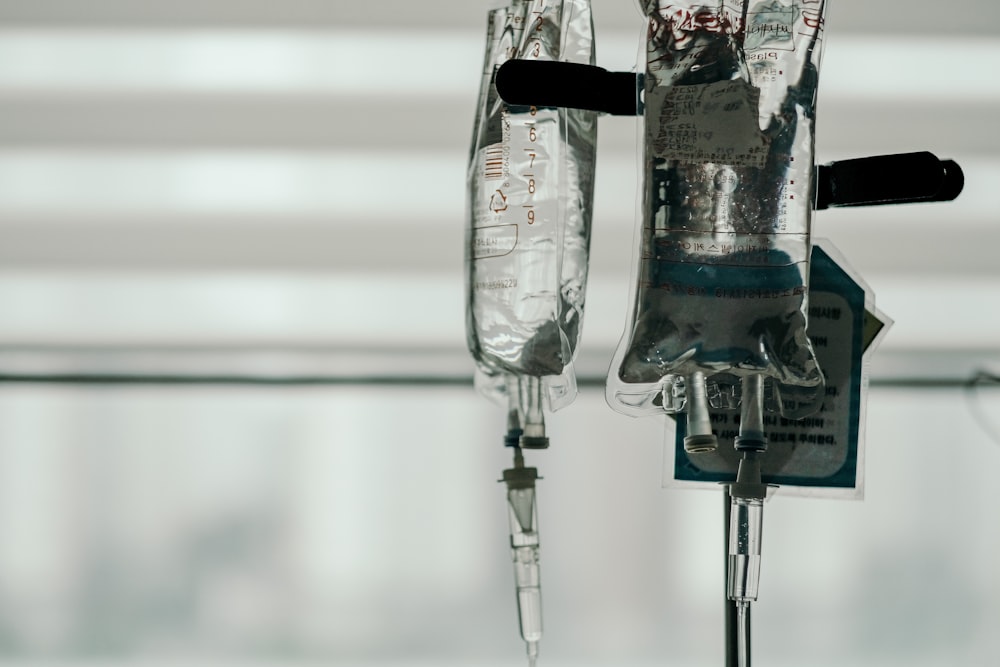The NFL schedule is a grueling one covering 17 weeks from September through the end of December, followed by four weeks of playoffs. And in a sport where making violent physical contact with your opponent is actually encouraged, injuries tend to mount as the season wears on. Alas, this is the time when significant numbers of pro football players are looking at platelet-rich plasma (PRP) therapy to help them get back on the field.
Tampa Bay Bucs quarterback Jameis Winston is just one of the NFL players who have recently undergone PRP therapy. Winston sat out three games after suffering a shoulder injury in a game at Arizona in October. Even though he continued to play for several weeks after the injury, the decision was finally made to pull him from the starting roster in order to give his ailing shoulder time to heal. During his time off, he received PRP injections.
Winston returned from his injury in late November with the all-clear from team doctors. By all accounts, his injured shoulder appears to be completely fine. He and his doctors credit his quick recovery to the PRP treatments.
Not New Medicine
Recent media coverage has given some consumers the impression that PRP therapy is a revolutionary new medical procedure. It may be revolutionary, but it is far from new. PRP therapy has been used in various medical applications for decades. For example, surgeons have long employed PRP therapy to promote wound healing after surgical procedures.
The thing about PRP therapy is that it has been getting a lot of news coverage over the last four or five years. Behind all that news coverage are the professional athletes who choose it as a means of getting back on the field after injury. Over the years, thousands of athletes representing nearly every sport have undergone PRP therapy.
Anyone who wants to know just how prevalent PRP therapy is in professional sports need only keep an eye on the sports page of the local newspaper. Come spring there will be plenty of stories about baseball players opting for PRP therapy after being injured in spring training. There will be hockey and basketball players considering the therapy in anticipation of pending playoffs.
Of course, there will be Olympic athletes who find themselves injured this February. Some of them will undergo PRP therapy as part of their recovery. Still others will only be competing in February because they received treatments in the months leading up to the Olympics.
Football Perfect Proving Ground
The point of basing this post on NFL players receiving PRP therapy is to demonstrate that pro football is a perfect proving ground for the efficacy of the treatments. Few other professional sports generate the kinds of devastating injuries football players experience. If PRP therapy can help them get back on the field more quickly, it can help athletes in just about any sport.
Taking things one step further, PRP therapy that is good enough for athletes is also good enough for weekend warriors who injure themselves in pickup games. It is good enough for the average man on the street just looking for some relief from osteoarthritis pain.
PRP is all around us, according to Advanced Regenerative Medicine Institute (ARMI), a Utah company that trains doctors in regenerative medicine procedures. And it transcends pro sports.
Late December is PRP season in the NFL. As injuries mount over the weeks, players turn to regenerative medicine therapies to help them more quickly recover from injuries. They are examples of what such therapies can do for all of us.

